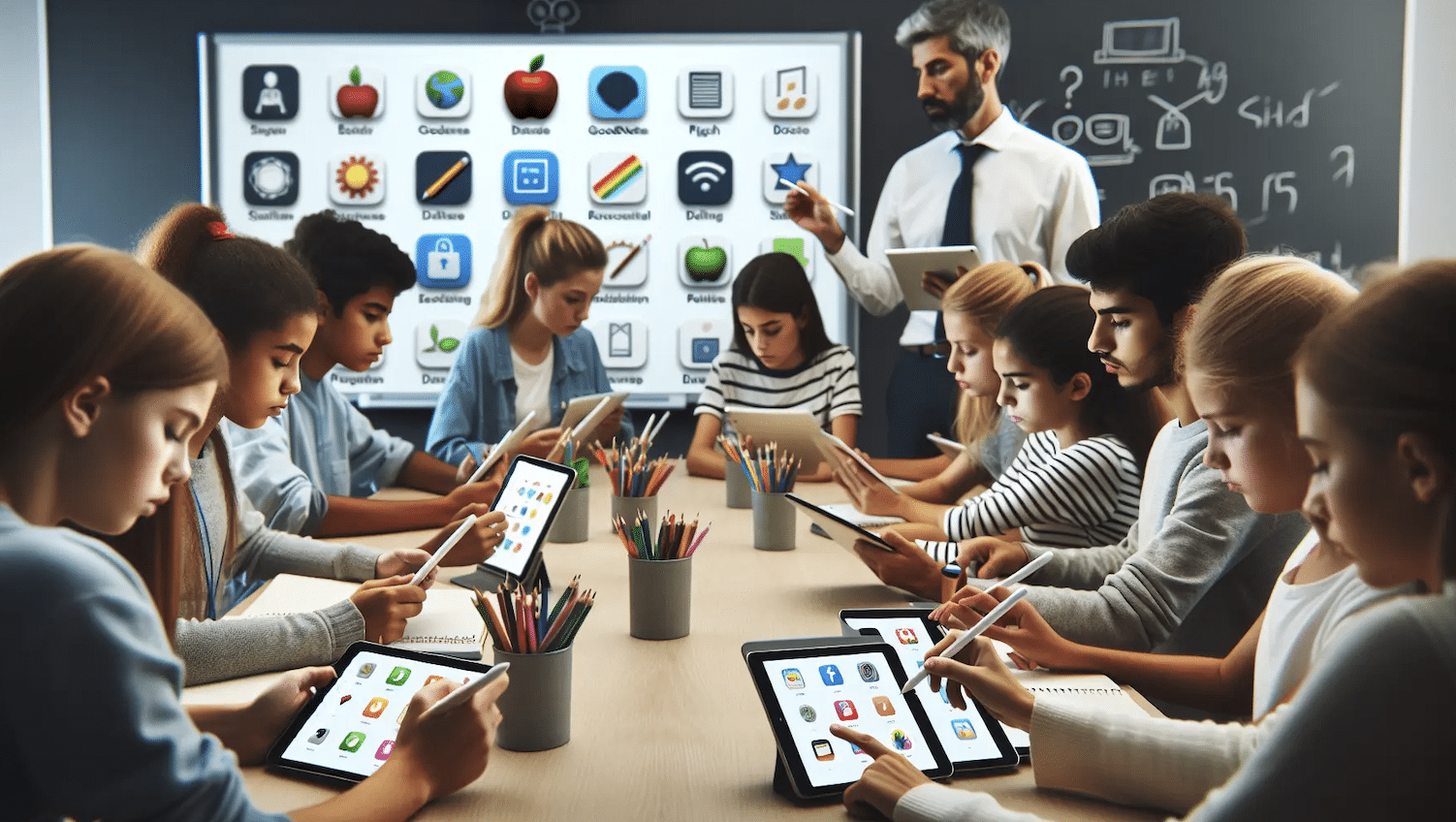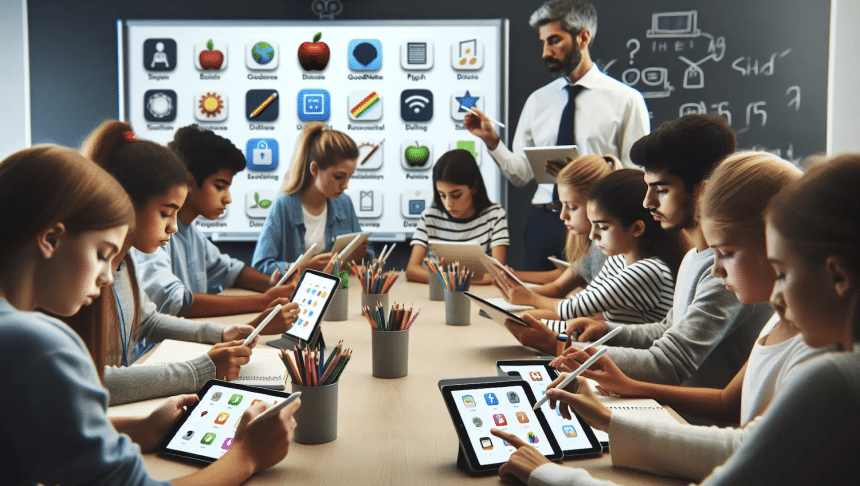Should iPads be part of modern classrooms?
It’s a question that has sparked fiery debates in recent decades.

After all, when used by a kid, gadgets are sometimes seen primarily as a tool for entertainment—and thus distraction.
However, despite this, iPads and other technologies have become increasingly more prevalent in schools. Not just in college too, with laptops—in fact, iPads are now used as early as first grade!
They’ve transformed how students learn and how teachers instruct, revolutionizing education as we know it.
And we argue that this is a good thing! Here are three main reasons why iPads can enrich education and should indeed be part of the classroom.
Personalized and Multi-faceted Learning
Traditional education methods are mostly limited to pen and paper, to lecturer and listener. It’s a very one-size-fits-all approach.
Perhaps the biggest strength of using iPads in the classroom is how it better allows teachers to meet the different needs, preferences, and learning styles of different students.
Instead of just being limited to a chalkboard or to textbooks with nothing more than text and printed illustrations, teachers can now make students:
- Use apps
- Watch videos
- Listen to audio recordings
- Immerse themselves in augmented reality
- Play educational games
For example, no longer are students limited to merely reading or looking at pictures about cell biology. Students can now use highly complex and realistic apps or even augmented reality programs to better visualize cellular structures.
Many of these apps are even customizable, allowing students to further personalize their learning experiences. It simply makes learning more interactive and multi-faceted.
In many ways, this makes learning more tangible and memorable to the students. As a result, retaining information comes across more naturally—and more positively!
Enhancing Collaboration and Creativity
But it’s not just teachers who are creating more colorful content for their students. Students now also have the opportunity to create multimedia presentations. They can draw digital art or make infographics, or even create videos!
After all, not every student is adept at expressing their ideas through old-school essay writing. As important a skill as writing may be, students need opportunities to convey their thoughts in different ways.
And gone are the days when students’ only options for collaboration were bringing their seats together or meeting during non-school hours.
With iPads, students can easily share ideas, work on group projects, and provide peer feedback all on the fly. With the use of cloud-based applications, they can write papers or prepare presentations, even when they’re physically apart.
Learning Outside the Classroom
With iPads, learning can happen anywhere, at any time. It no longer stops once students leave the school.
They can access learning materials, complete assignments, and collaborate on projects with classmates from anywhere with an internet connection.
In the past, students only had textbooks and notebooks once they left school. But digital technology allows educational resources to be more comprehensive and multi-faceted, allowing students to learn more effectively without the guidance of a teacher.
As we’ve just seen from the Covid-19 pandemic, this flexibility is invaluable.
Challenges and Considerations
Of course, the incorporation of iPads and gadgets into the classroom has its own fair share of challenges.
- Potential for Distraction
Many children nowadays spend their leisure time in front of a screen, either browsing through social media, watching videos, or playing games. Having both the recreational and educational aspects of their life accessed through the same device can make it hard to be productive.
They may be tempted to go to their favorite website instead of doing their homework whenever they pick up the iPad.
- Health and Development Concerns
Students may learn to be overly reliant on devices if all school activities revolve around an iPad. Spending a lot of time using it may also pose health issues, as prolonged screen time can lead to worse sleep.
This is why there must be a balance between digital and traditional learning methods.
- Cybersecurity Concerns
With schools handling sensitive data about their students, employing digital teaching methods exposes such data to cyberattacks. Not only do schools need to have strong cybersecurity measures in place, but they also need to provide more info about cybersecurity and tools like VPNs to students and parents alike.
Conclusion
Perhaps the biggest reason why having iPads in the classroom is a good thing is that students will develop the digital literacy skills they’ll need in the workforce.
After all, almost everything, from schools to offices to homes, is now digitized.
But while iPads provide invaluable learning opportunities, they shouldn’t completely replace traditional methods. After all, even if almost every student now has a laptop, many of them still use textbooks (my daughter still does, for example).
Holistic education will involve a healthy balance of both old and new styles.
But what will the future of education technology look like? Will it involve AI? Or virtual reality?
These prospects are exciting, but we must approach them with cautious optimism, embracing the good while being fully aware of any potential pitfalls.












